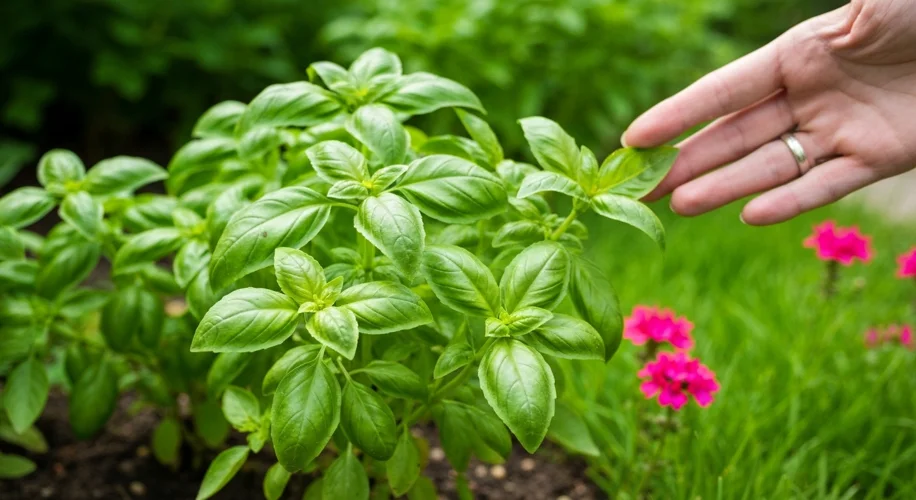Let’s talk basil. This fragrant herb is a staple in my kitchen, perfect for pesto, caprese salads, and so much more. But like many gardeners, I’ve had my share of basil battles. This year started off with a bang – plump seedlings, vibrant green leaves, the promise of a bountiful harvest. Then, disaster struck.
My basil plants started to look… sad. The leaves drooped, yellowed, and some even dropped off. It was disheartening, to say the least. I started troubleshooting, and I’m sharing what I learned, hoping it helps you too.
What Could Be Wrong? Common Basil Problems
Basil, while rewarding, can be a bit fussy. Here are a few common culprits for unhappy basil:
- Watering Issues: Too much or too little water can stress the plant. Basil likes consistently moist soil, but not waterlogged. I found myself overwatering early on, thinking more water meant happier plants. Wrong!
- Sunlight: Basil loves sun, at least 6-8 hours a day. If your basil is in a shadier spot, it might be struggling.
- Soil Nutrients: Like all plants, basil needs nutrients. Poor soil can lead to weak growth and yellowing leaves.
- Pests: Aphids and spider mites are common visitors. They can weaken the plant and cause damage.
My Basil’s Comeback Story
My first instinct was to reach for fertilizer. I have a general-purpose granular fertilizer that I use for many of my vegetables. However, I remembered reading that too much nitrogen can sometimes encourage fungal diseases or attract certain pests. With the wilting and yellowing, I was worried about making things worse. I decided to hold off on any strong fertilizers.
Instead, I focused on the basics:
- Adjusted Watering: I checked the soil moisture daily. I stuck my finger about an inch deep. If it felt dry, I watered thoroughly at the base of the plant, making sure not to splash the leaves. If it was still moist, I waited.
- Light Assessment: I realized the spot I had chosen, while sunny in the morning, got quite a bit of shade in the afternoon due to a growing tomato plant nearby. I carefully transplanted the most affected basil plants to a sunnier location where they’d get unobstructed sun for most of the day.
- Pest Patrol: I inspected the leaves closely. Thankfully, I didn’t see any obvious pests. If I had, I would have opted for a gentle insecticidal soap or neem oil solution, applied in the evening to avoid leaf burn.
- Soil Check: While I couldn’t magically change the soil overnight, I made a mental note to amend the garden bed with compost in the fall to improve soil structure and nutrient content for next season.
The Results?
It wasn’t immediate, but slowly, surely, my basil plants started to recover. The yellowing lessened, the leaves perked up, and new growth began to appear. The key was patience and careful observation. It’s a good reminder that plants communicate their needs, and sometimes, the simplest solutions are the most effective.
Don’t be discouraged if your basil isn’t thriving right away. Sometimes, a little extra attention to watering, sunlight, and gentle care is all it takes to turn things around. Happy gardening!

